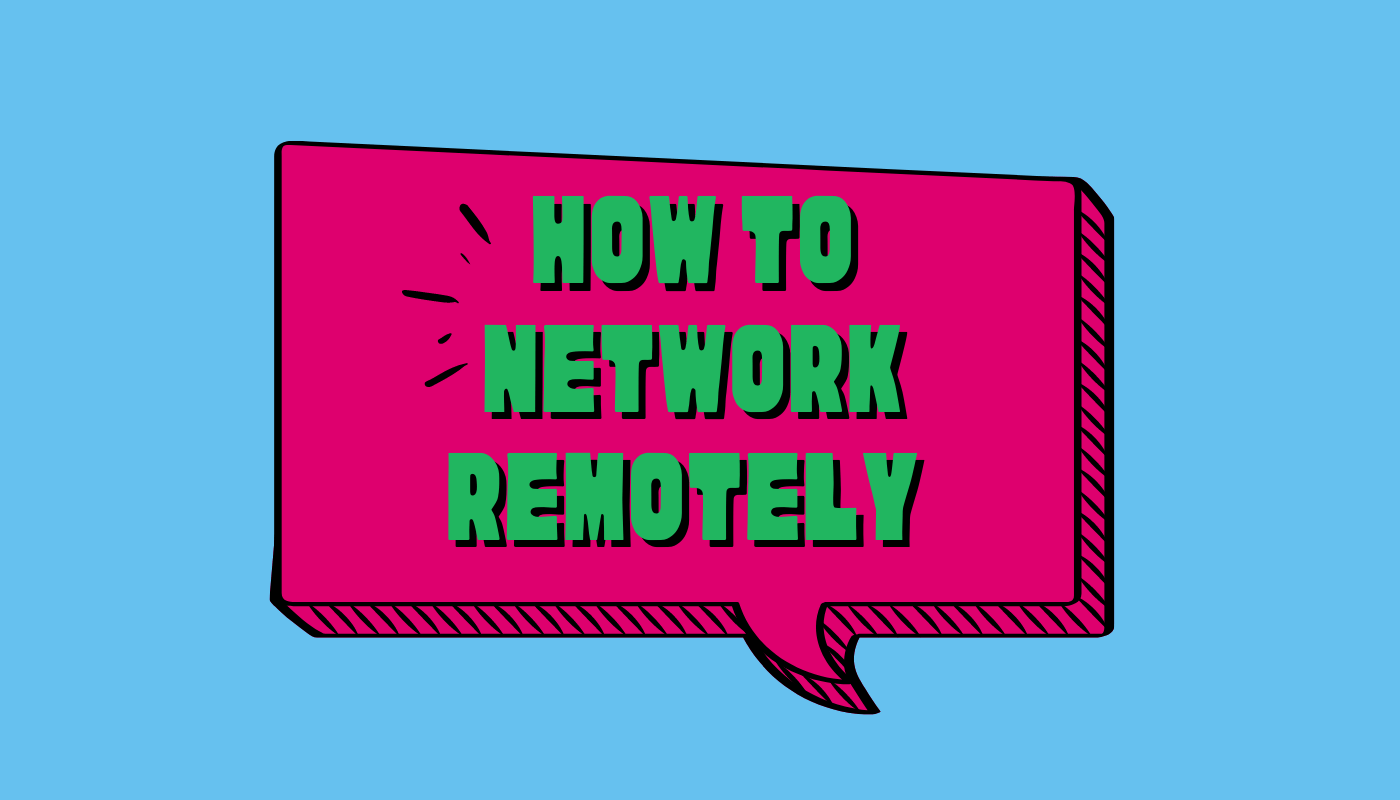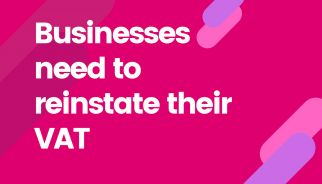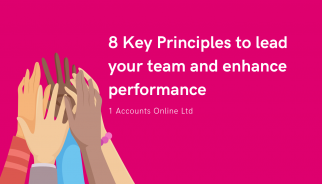Small to medium-sized businesses have to go the extra mile to stand out from competitors, particularly when those competitors can afford the best advertising campaigns. In the past we could compensate with networking, by attending conferences, trade fairs, or local groups. Now those options have gone, how can you compete with bigger businesses?
In many ways, the principles of virtual networking and prospecting are the same, but unlike a crowded coffee break, you have to work harder to strike up a conversation. Online you need to build up small talk, such as likes and shares, over a longer period of time.
The best place to network depends on who you need to talk to. People tend to use LinkedIn to sell professional services, but if your target market is people and businesses in your area, you should be able to find Facebook groups covering the parts of the country that you would like to sell to. Instagram and Twitter can be more difficult to network on, so we’ve focussed on Facebook and LinkedIn.
Get your profile right
Use a photo that shows your face clearly, or if you’re very shy, something innocuous. In person we all build rapport by talking to faces, whether we’re good at reading body language or not. When people interact with posts and comments, they’re building a rapport with your photo, so pick an image that you’re comfortable with as your work persona and you’ll attract the kind of people you want to work with.
You should also have a look at your profile as other people will see it and think about what it says to potential clients.
Follow any group administrator rules
When you know who you’d like to interact with and where, you can find and join as many groups as possible on LinkedIn and Facebook. The first rule for any social media platform is to make sure you follow the rules of any group you join. If a group states that you aren’t allowed to advertise your business, be careful about how your posts might appear. You could leave a bad impression if you get told off or banned by group administrators!
It’s still worth joining groups so you can see your competitors, find out what your potential clients are interested in and contact those that you’d like to work with.
Be visible
Whichever platforms you use, it’s best to post regularly. Not posting on a social media platform is worse than being a wallflower at an in-person event, because no one can see you at all virtually.
On LinkedIn and Facebook, the usual advice is that it’s better for your visibility if you write a new post on your own newsfeed, but to build relationships with potential clients, you need to be more generous. Sharing, liking and commenting on the posts of people you’d like to network with helps their visibility at the same time as introducing you to their circle.
Comment sections are a great way to network with people that you aren’t already connected with. They’re a little like small talk in the queue for refreshments, except that you don’t need to find your business cards while holding a coffee. Having had a discussion, it’s much easier to send a message to talk further.
Show them that you’re worth talking to
Since you can’t usually post traditional adverts in virtual groups, being helpful is a more subtle way of advertising your expertise. People won’t read a long explanation and you don’t want to give your expertise away for free, so a brief answer followed by “if you need more help, please contact me” is enough.
Remember to specify how they should contact you, so it’s as easy as possible for them to follow up. If they have to stop and think “did they mean email or private messaging?”, they’re less likely to follow through.
Look for mutual contacts
All of the main social media channels allow you to see friends of friends, or second connections, if those people have opted in. 15 years ago someone might have hesitated to ask a contact to introduce them to a new contact virtually, but it’s normal now that so many businesses use social media platforms for marketing and networking.
Return favours and share goodwill
Offline it can be difficult to make introductions unless the two people you think could work together are in the same room. The beauty of online networking is that it takes seconds to tag someone in a comment and say “this person could help you”. It may seem a small gesture at the time, but every little introduction is a step on the way to success for you and anyone that joins your network.















